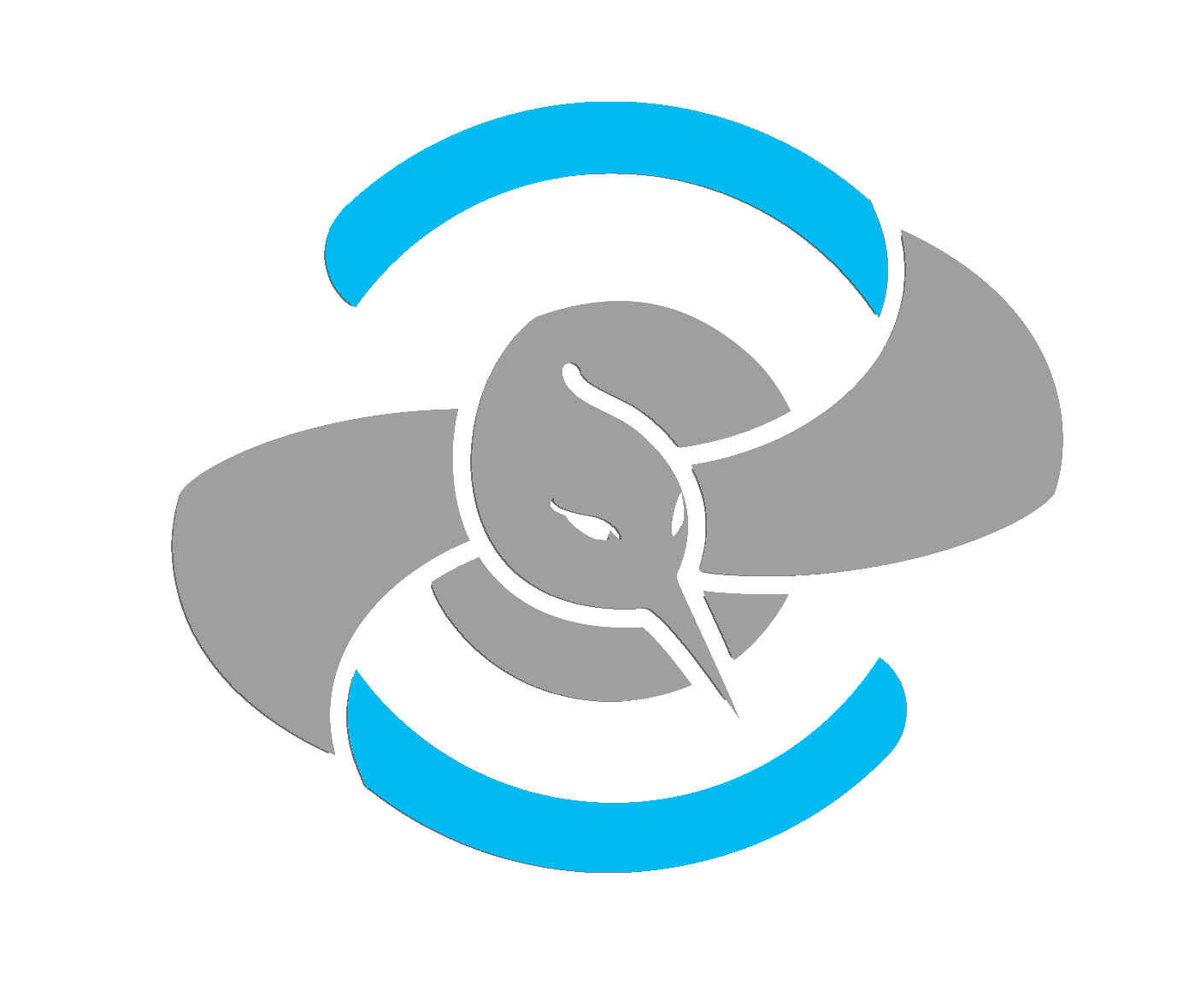
FIESTA 2022 Drone Crew

NIGHT OPS
Please study this.
Each preflight meeting will include instructions on Night Time Illusions. PIC will use the 2016 edition
of the FAA Pilot’s Handbook of Aeronautical Knowledge (PHAK), specifically Chapter 17, pages 26 &
27.While not all nighttime illusions will apply to sUAS flight crews, some will. We will use the
following cues and preventative techniques:
Autokinesis
Caused by staring at single points of light for more than a few seconds. The lights then appear to move,
even if it isn’t. Eliminated by focusing eyes at varying distances, and by increasing speed of visual
scanning.
Reversible Perspective Illusion
This one is less likely when the VO is on the ground since we have fixed light references, but can still
occur, so we’ve added it to our procedure. This occurs when an aircraft may look like it’s moving away
from you, but it's actually moving towards you. To eliminate this, the VO and PIC will double check
with each other for any possible moving light by comparing it to a fixed light on the surface. This will
be one of the primary concerns that will require verbal confirmation between PIC and all VOs on site.
Size/Distance Illusion
This occurs when a light is slowly pulsing, creating a false impression of approaching or receding
aircraft. To eliminate this we will also verbally ask for confirmation between all parties on site. This is
especially possible when helicopter traffic is present. Which is another reason we’ll have our Nav
Radio on.
Fascination
Becoming fixated on one particular subject and not paying attention to surroundings. This one is fairly
easy eliminated by continually scanning the scene. We will pay specific attention to this because of the
ease at which a VO can over concentrate on the UAV. We will communicate this concern frequently
during the flight.
Flicker Vertigo
This is a concern for us, and has been even for our ground based shoots. It can occur when a light’s
cycle can induce nausea or dizziness. This can also occur on interior shoots with HID lighting. As with
many of the nighttime illusions, this too can be eliminated by continual scanning.
Other potential areas of concern and their mitigation procedures:
Issue: loss of night vision. Fix: reduce all lighting around flight deck area once airborne, and be aware of moving from bright to dark areas. We also don’t look directly at the strobe light on the UAV.
Issue: inability to focus on a subject. Fix: understanding that night vision focus works better if you
don’t look directly at the subject you’re focusing on.
Issue: dehydration causing both vision and exhaustion issues. Fix: stay hydrated, provide water on site
for flight crew.
Lessons in Night Time Illusions will be given during preflight meetings to each new flight crew
member, and any returning flight crew members deemed unknowledgeable by PIC and/or RP. All test
scores will be documented by PIC/RP. A score of 100% is necessary to
pass. Test taker’s name, score, and date will be kept in a log. Test taker will also sign log as proof of
score.
RP will maintain logs along with the 107.29 Policy and Procedure manual. RP will also keep completed
tests in the manual.
Each sUAS will be equipped with anti-collision strobes. All strobes will be tested to ensure visibility to
3SM. PicoMax Lite by AVEO Engineering. We may change this component if a better product becomes
available, but will test to ensure a 3SM visual range
